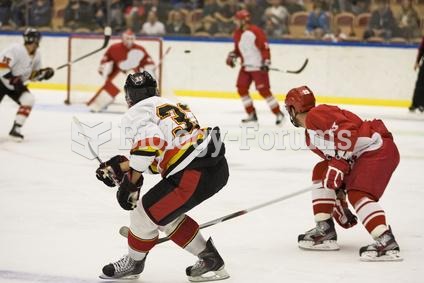Answer to Question 1
A. CMS collaborates with the National Uniform Claims Committee to maintain and update the UB-04 claim form and the CMS-1500, which should be completed and used when submitting any Medicare or Medicaid claim.
B. CMS manages and provides oversight for Medicare and Medicaid, which has a variety of helpful links and information about E/M guidelines, including the 1995 and 1997 Documentation guidelines, and the Medicare Claims Processing Manual, which includes extensive guidelines and regulations for the correct reporting of E/M services, NPPs, incident-to services, shared/split visits, the correct use of modifiers, and global periods of surgery.
C. The National Correct Coding Initiative is intended to increase correct coding through the identification of codes that may or may not be utilized together. Known as the NCCI edits, these tools identify medically unlikely edits, or the maximum number of times a specific code may be reported during one unit of service, or episode of care. The NCCI edits also identify the hospital outpatient edits, which include two different resources useful for correct coding. Column 1/Column 2 edits table identifies the codes that may or may not be utilized together, as well as identifying whether a modifier is allowed in a particular situation. The Mutually Exclusive Code edits table identifies E/M service codes that may never be reported together.
D. Ten different regional CMS offices provide oversight and support throughout the country. CMS coding regulation guidelines provide leadership and direction for clinicians, coders, and many others in various aspects of healthcare.
Answer to Question 2
1. The term incident to is a billing phrase used by CMS to help identify, report, and appropriately bill incidental clinical, medical, or professional services performed by an NPP when those provided services are integral, although incidental, to the physician's overall care of the patient.
2. In such a case, the physician has initiated the course of treatment for the patient, and the service provided by the NPP plays a minor part in the physician's ongoing management of the patient's care.
3. A shared/split visit identifies an E/M service visit during which an NPP and a physician have both participated in the performance of the service and the incident-to requirements have been met. CMS maintains and updates extensive guidelines regarding the identification and reporting of incident-to services and shared/split visits.







